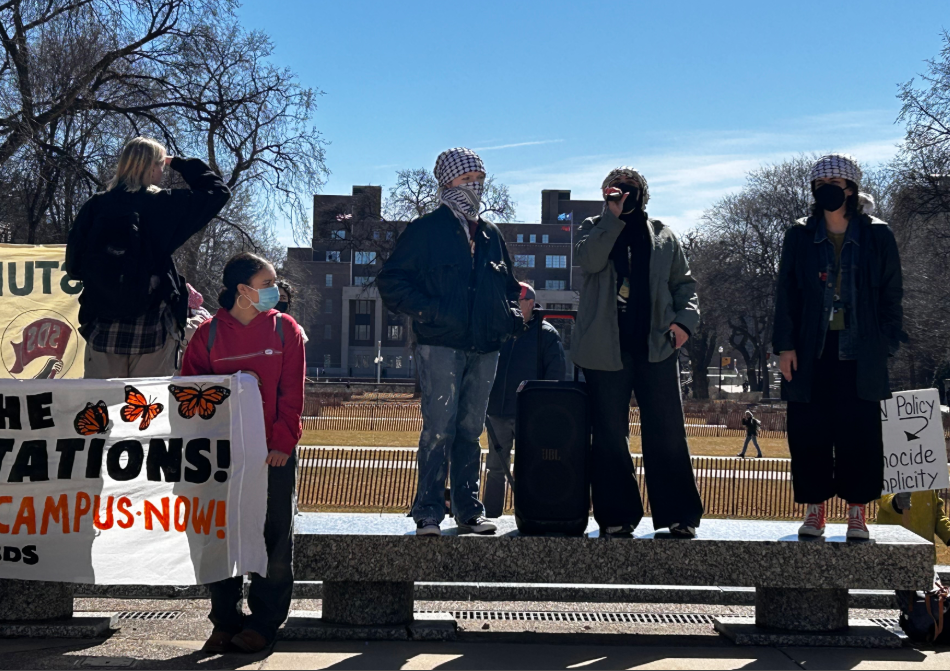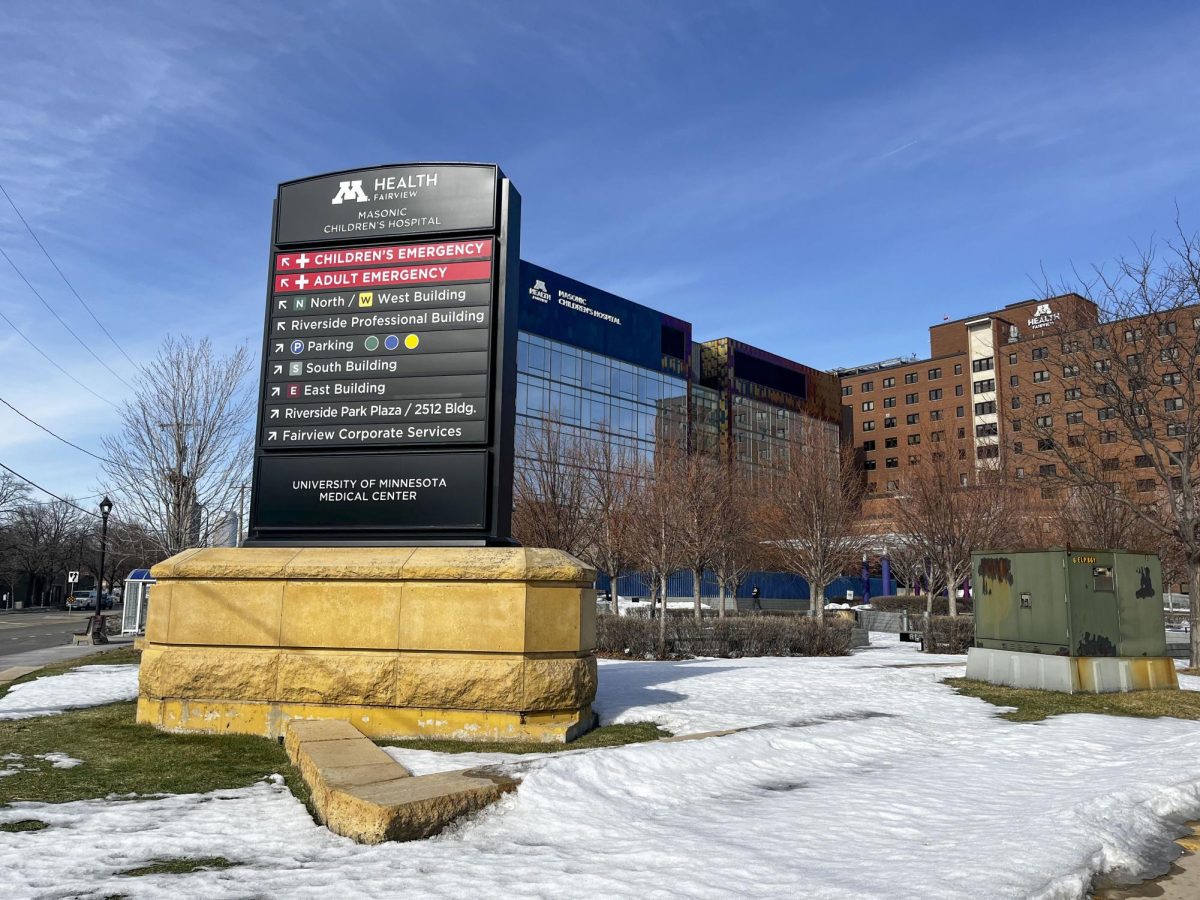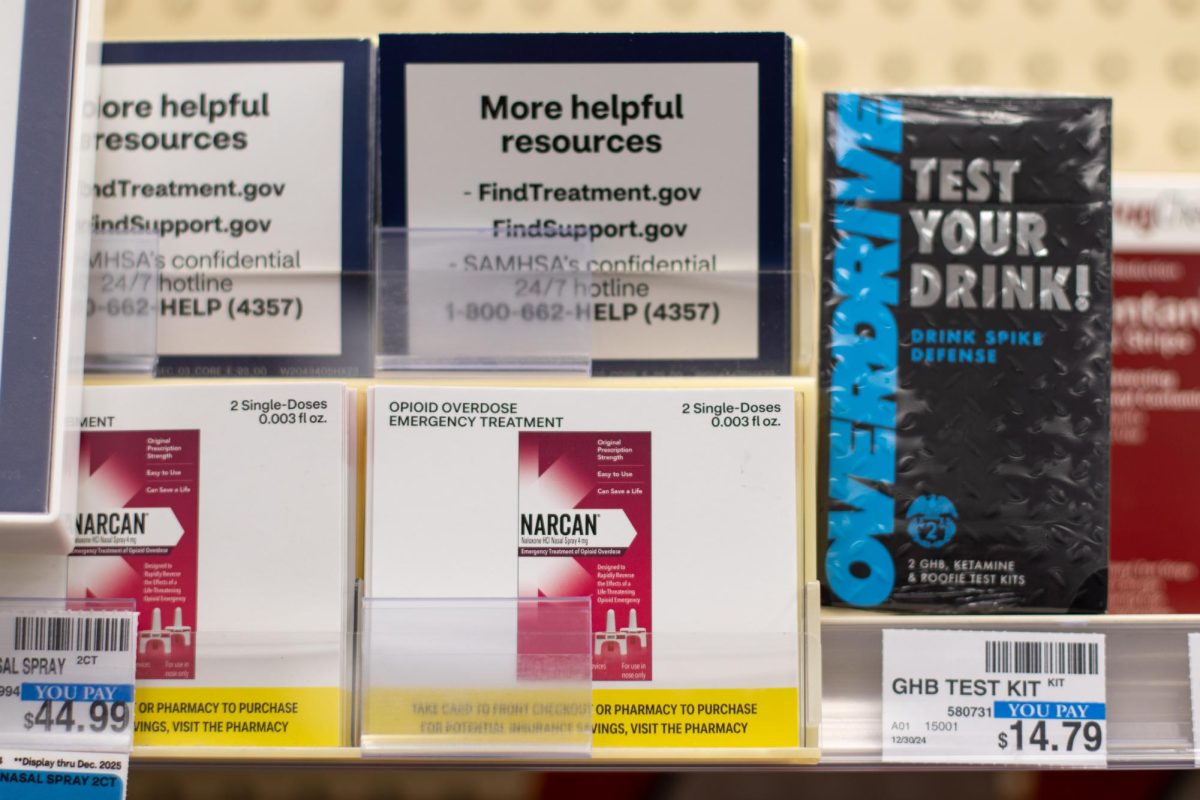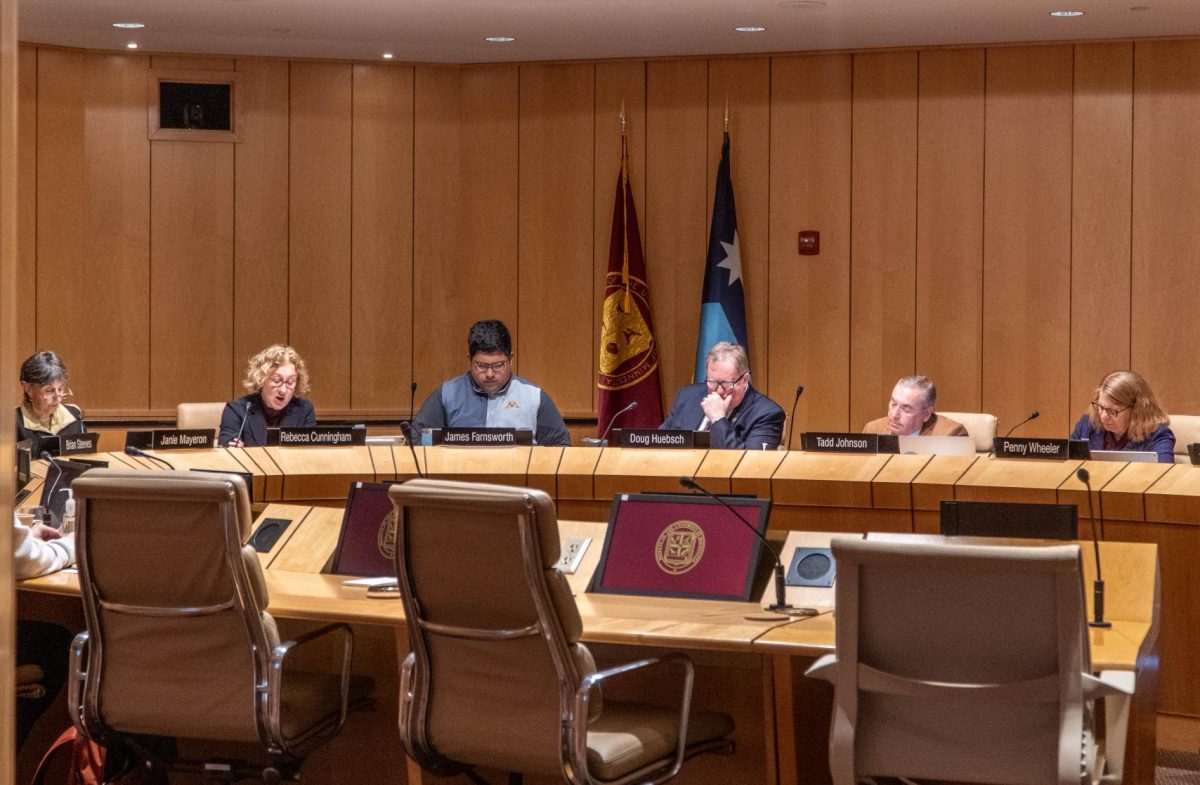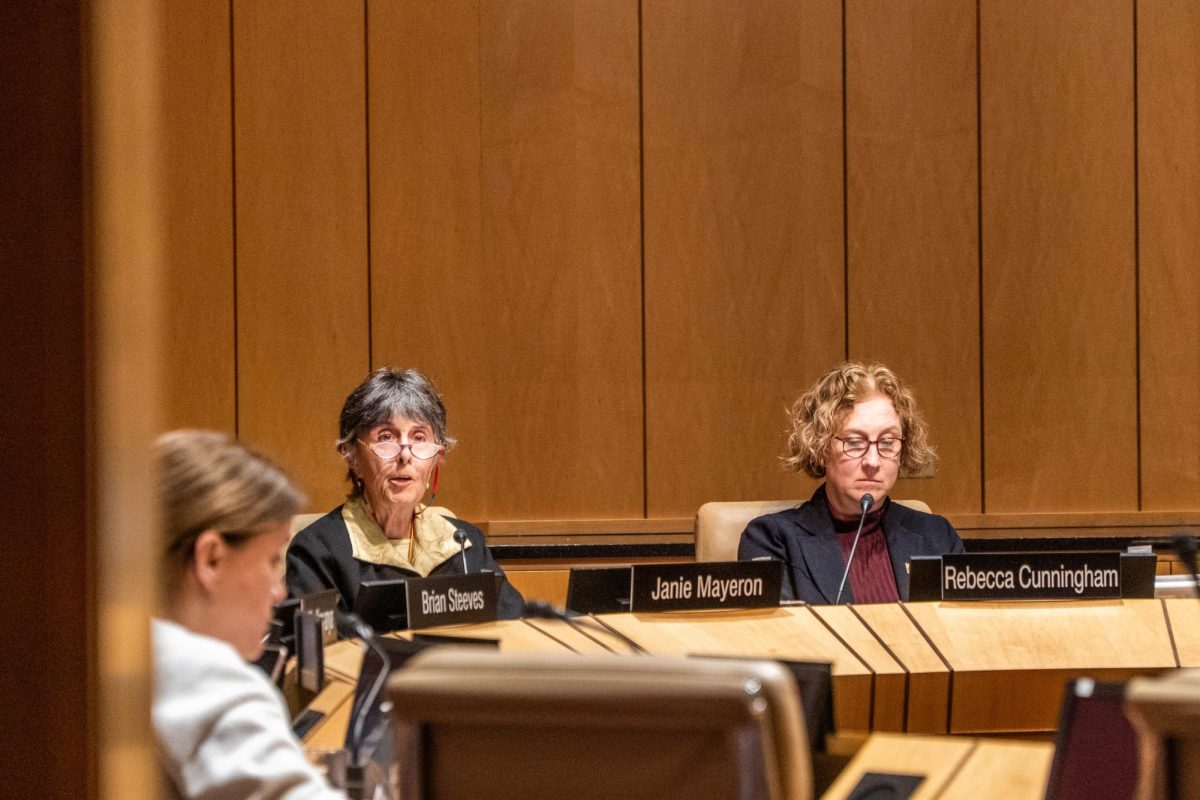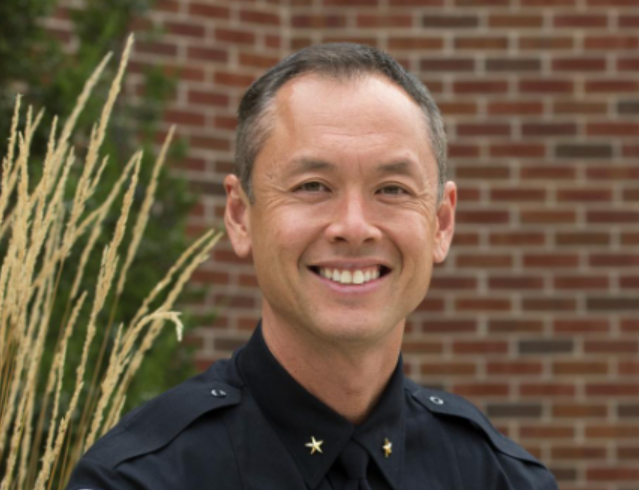The Gift of Life club at the University of Minnesota provides students with resources to donate bone marrow and stem cells.
The drives do not allow students to donate bone marrow or stem cells at the site, only giving students the opportunity to join the registry, said the club’s co-president, Grant Higgins. They are then notified if they are a match for someone who needs bone marrow.
“All of what we do is trying to get people to swab and join in the registry to see if they are a match for someone,” Higgins said. “And if they are a match, typically, we either fly them and the recipient out to our national headquarters in Boca Raton, Florida or wherever the patient is, because it’s usually a lot harder for the recipient to travel than it is for donors.”
Higgins said joining the registry is simple. Students just need to swab their cheek with a kit provided by the larger Gift of Life organization.
Students swab both of their cheeks and are told to choose their favorite cheek for a third, Higgins said.
Ashley Raskin, Gift of Life’s co-president, said the club hosts swabbing drives throughout the semester to make the process accessible to students.
“When we’re doing the drives, we do them on campus,” Raskin said. “People usually will see us tabling, and they’ll be interested and ask about it. That’s kind of how we do most of our outreach.”
Higgins said the University’s Gift of Life chapter also hosts mega drives to get as many students swabbed as possible. They set up a booth in the Northrop Mall to advertise to passersby.
Dr. Meera Srikanthan, an assistant professor in the division of Pediatric Blood and Marrow Transplantation & Cellular Therapy at the University’s Medical School, said bone marrow transplants are used for patients with leukemia, sickle cell disease and bone marrow failure.
The procedure is usually done after other treatments, such as chemotherapy, fail, Srikanthan said.
Bone marrow transplants, now called hematopoietic stem cell transplants, are not using bone marrow, according to Srikanthan. They remove the stem cells from a healthy person’s bone marrow to be injected into the bloodstream of the patient who needs the transplant.
“These stem cells scatter and set up shop in the bone marrow and usually somewhere between 10 to 20 days after we infuse it, we start seeing those new cells starting to show up in their bloodstream,” Srikanthan said.
There are multiple procedures a donor can undergo to donate their stem cells, according to Srikanthan.
Bone marrow harvest procedures are the most common, Srikanthan said. The procedure requires the donor to be put under anesthesia.
“We go in and we use needles to go into the pelvic bone, so right on top of each butt cheek, essentially with a needle and pulling out the bone marrow,” Srikanthan said.
Another less invasive procedure is called peripheral blood stem cell (PBSC) donation, Srikanthan said. PBSC donation is less invasive than a bone marrow harvest.
With this procedure, a donor takes medication in the form of a shot to stimulate the bone marrow, causing stem cells to appear in the bloodstream.
“That way we can actually collect stem cells from their blood rather than doing the bone marrow harvest procedures,” Srikanthan said.
Caden Riewer, a fourth-year student, said he matched with a patient through Gift of Life and flew out to Washington D.C. to donate stem cells in the fall of 2024.
Riewer said the entire trip was completely free, and Gift of Life was very accommodating and reimbursed all of his expenses.
“It was a five-day operation where I would get three shots a day for the first four days of a medication that made my bone stem cells overproduce stem cells that would be inputted into my bloodstream,” Riewer said. “On the fifth day, I would have the blood taken out, run through a machine that would separate my stem cells from the blood, and put it back into my body. The final procedure took about six to seven hours and the machine cycled the entire contents of my blood three times.”
Even though the procedure was intensive, it was not particularly painful, Riewer said.
“The procedure itself only caused mild discomfort from having a needle in your arms for multiple hours, but if you are good with needles it was a surprisingly easy process,” Riewer said.
Srikanthan said bone marrow transplants are a life-saving procedure.
According to the National Library of Medicine, 80.4% of patients who received a bone marrow transplant lived 20 years after receiving the cells.
“Hematopoietic stem cell transplants literally save lives,” Srikanthan said. “Whether it’s a patient who has cancer or a patient who has sickle cell disease, there’s a wide variety of different diseases that we treat where stem cell transplant is a new beginning for them.”



